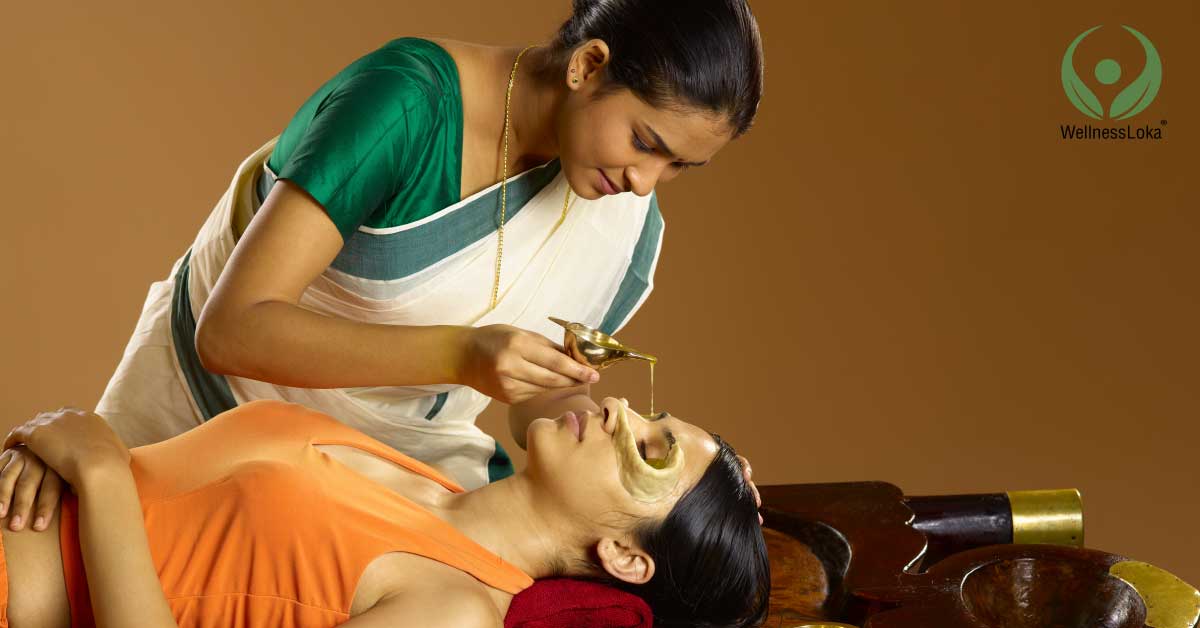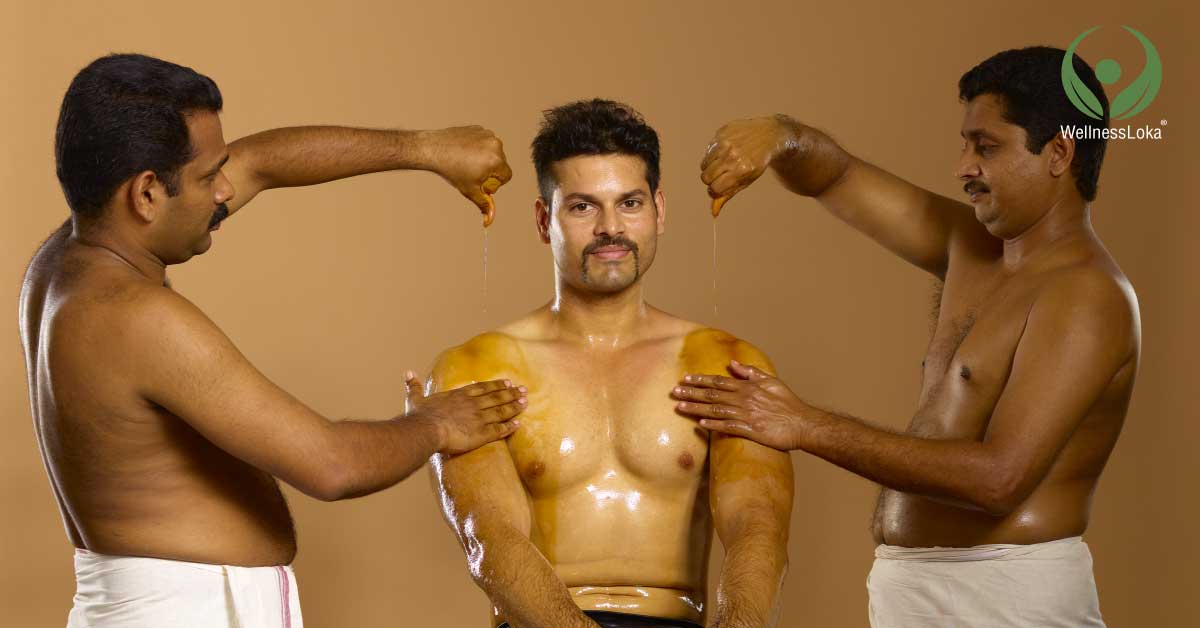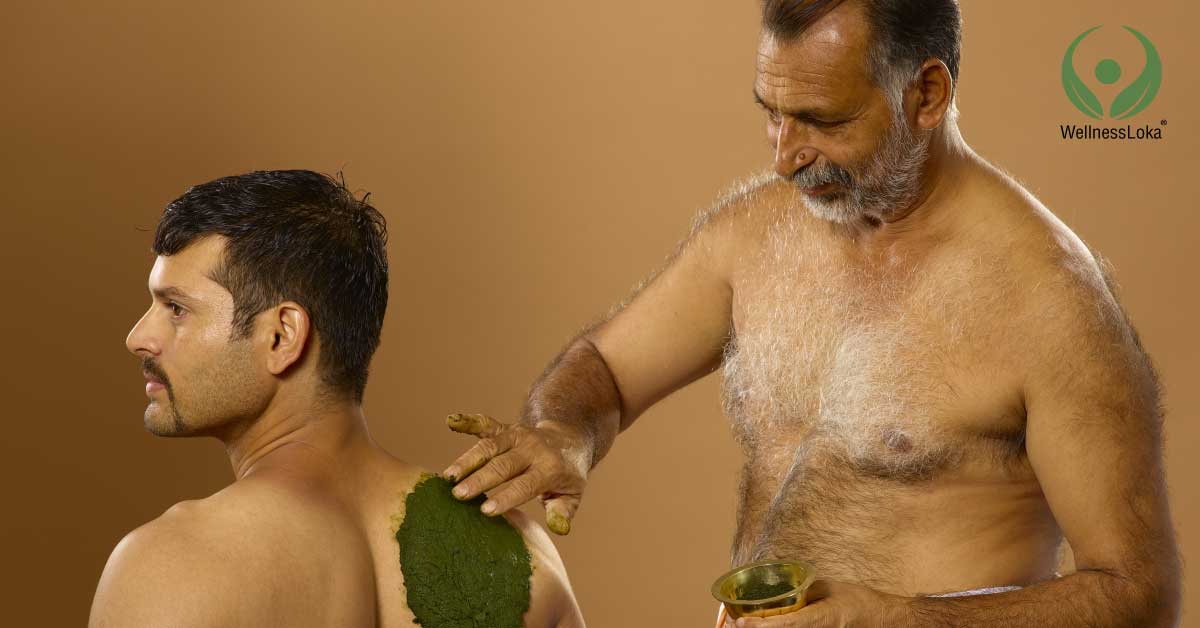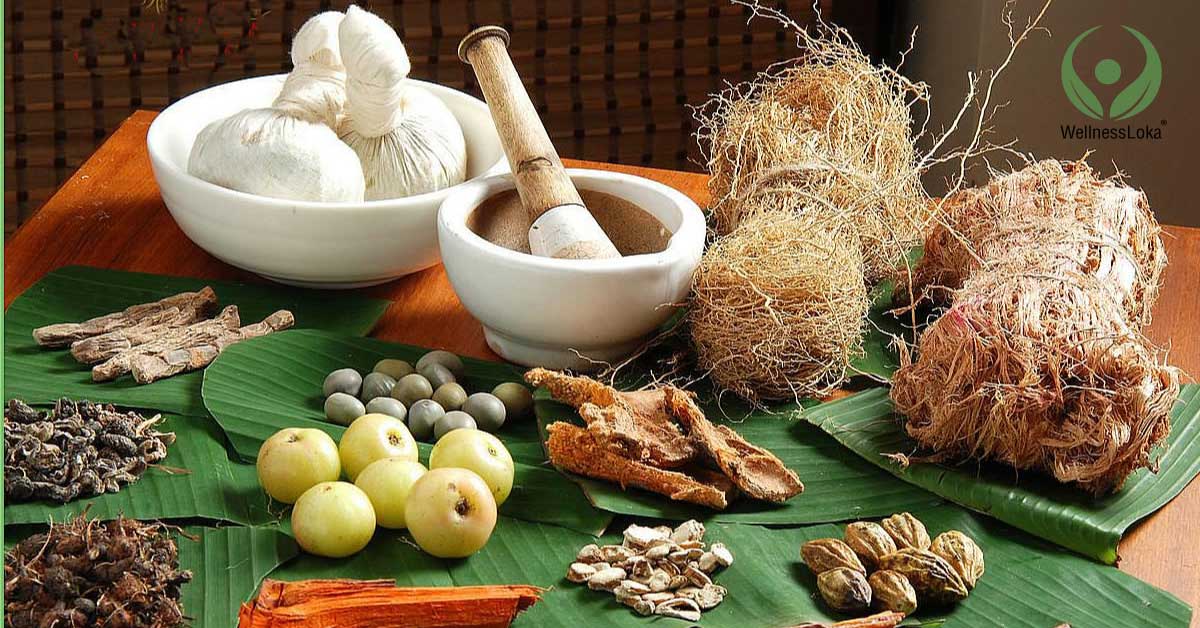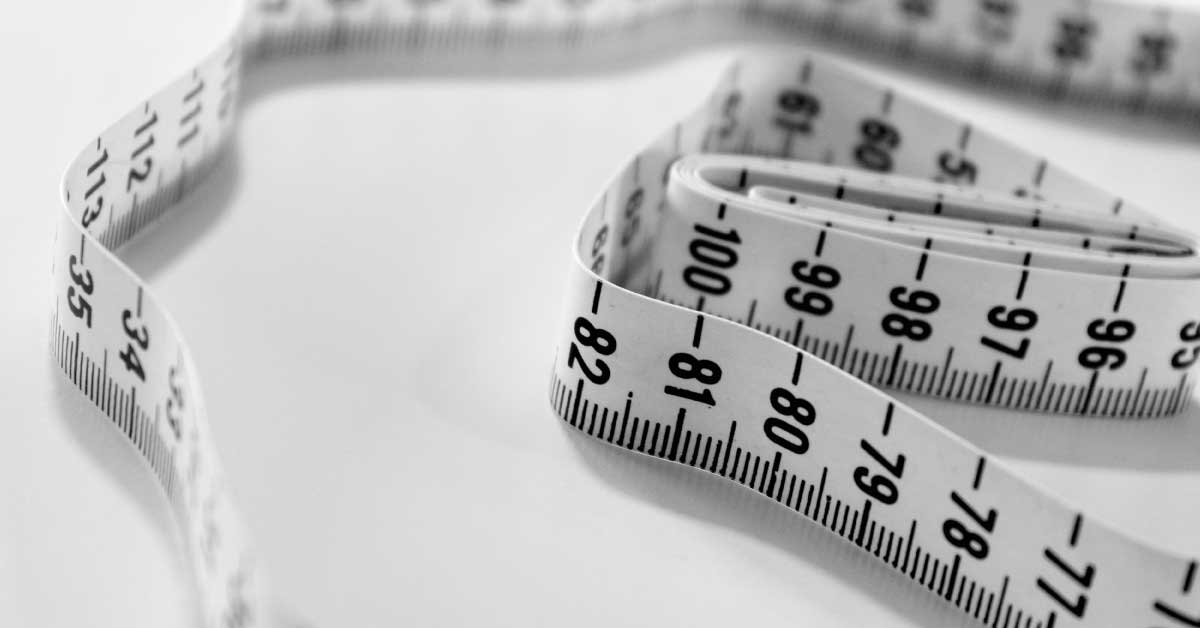
Already we have seen about the Karkidaka Chikitsa or the treatments done in monsoon. Now it is the time to see a few points in detail.
ONLY MONSOON TREATMENTS?
Many may think why in the monsoon season, we should care about our body. Actually, in every season this care is to be given to the body. In Ashtanga hrdaya, a chapter is dedicated to explain the different types of climate, the changes that happens in our body in these climates and the regimen or the mode of living we should follow in these climates.
Then why we need “Karkidaka Chikitsa”? The doshas get vitiated more in this season due to the sudden change in climate. As we said earlier, summer’s heat is suddenly cooled down by the heavy monsoon. This makes a drastic change in the soil, atmosphere, water and even the food that we eat. This results in the vitiation of doshas. Apart from this, South India experience torrential rain and this explains the importance of Karkidaka Chikitsa in this part of the world.
WHAT ARE THE TREATMENTS TO BE DONE?
In fact, Panchakarmas are the main treatments to be done in order to eliminate the doshas. And we have seen earlier, there are many other treatments that are to be done before and after Panchakarmas.
The treatments are decided by the physician according to the condition and age of the person. A complete history analysis is done and after that the treatment is decided.
If the person is having any ailments the treatment protocol will be in such a way to heal the ailment, eliminate the vitiated doshas and improve the health. If the person is healthy, then the treatments will be arranged to eliminate the doshas and improve the health.
PANCHAKARMAS THAT ARE DONE IN MONSOON
The five treatments are Vamanam, Virechanam, Nasyam, Anuvasana Basthi and Asthapana Basthi. All these treatments can be done in monsoon according to the condition of the person, especially the Anuvasana Basthi.
Why Anuvasana Basthi is given importance? It is because that the main dosha that gets vitiated is Vata and the anuvasana basthi is the best treatment for eliminating the vata.
Now let us see in detail about the panchakarmas.
There are some pre-operative and post-operative procedures for Panchakarmas.
The Pre-operative procedures or Purvakarma include Dipana, Pachana, Snehana and Svedana.
The Post-operative procedures or Paschatkarma include Samsarjana Krama, Rasayanadi Karma and Samana Prayoga.
You can book these ayurveda packages here.
Let us have a look on these.
PURVAKARMAS/ PRE-OPERATIVE PROCEDURES
As we have discussed earlier, the main cause of a disease is the disturbed equilibrium of Doshas/ humors (Vata, Pitta, Kapha). So elimination of the vitiated dosha is done with the Panchakarma. Before doing this, our body should be prepared by the following porocedures:-
- Dipana
- Pachana
- Snehana
- Svedana
Dipana and Pachana:- By this process the digestion is enhanced. Internal medicines are given to the person that will enhance digestion.
Snehana:- Internal and external oleation. Through this procedure the body becomes moist, soft, oily and is liquefied. According to the disease and the condition of body the procedure is decided.
Internal oleation is the administration of oils or fats internally.
External oleation is the external application of oils or fats externally. These include Abhyanga ( Massage therapy) etc.
Snehana can also be done as the main procedure to cure specific diseases or for the nourishment of the body.
Svedana:- The sudation therapy. By this procedure the vitiated doshas are driven from the extremities or other parts of the body to the Koshta or to the digestive tract.
In this procedure the body is made to sweat or perspire. This helps to relieve stiffness and heaviness.
Svedana is the prime modality treatment for various disorders.
It includes various procedures like Kizhi, Dhara etc.
PRADHANA KARMA/ PANCHAKARMAS
Vamana:- Emesis therapy. This helps in the elimination of vitiated Kapha Dosha. The individual, after proper analysis, is administered with the emetic drugs at proper time.
Virechana:- Purgation therapy. This helps in the elimination of the vitiated Pitta Dosha. Here too, the procedure and the selection of drugs are done after thorough analysis.
Niruha Basthi:- Also known as Kashaya Basthi. Mainly different forms of Kashayas or decoctions are administered as enemas. But it is not merely an enema. It is a systemic therapy having a wide range of therapeutic effects. This helps in the elimination of the vitiated Vata Dosha.
Anuvasana Basthi:- Even though simple, when compared to Niruha Basthi, it is an important treatment. This is widely used in the treatment of the Vata related diseases.
Nasya:- Errhine therapy. Here the medicines are administered through the nose. This is usually done to eliminate doshas from sinus, throat, nose or head. Nasya is really effective in the treatment of various CNS disorders, facial palsy etc.
All the above mentioned Panchakarmas are not only curative but are also used as rejuvenative and preventive measures.
POST-OPERATIVE PROCEDURES/ PASCHAT KARMA
After the purification therapies, the digestion and body itself becomes weak. The post-operative procedures help to regain the strength and digestion. This includes planned diet and restricted activities along with internal medicines.
Follow Ayurveda and live a happy monsoon.
You can discover and book the best of Karkidaka Chikilsa here



